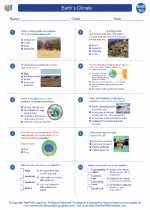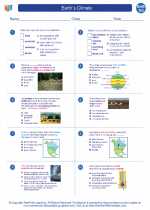What are Protozoa?
Protozoa are eukaryotic organisms, meaning they have a true nucleus and other membrane-bound organelles. They are typically microscopic in size and can be found in almost every type of habitat, including freshwater, marine environments, and soil.
Classification of Protozoa
Protozoa are classified into several phyla based on their characteristics and modes of movement. Some of the common phyla of protozoa include Amoebozoa, Apicomplexa, Ciliophora, and Euglenozoa.
Structure and Characteristics
Protozoa exhibit a variety of shapes and structures, including spherical, elongated, and asymmetrical forms. They may have specialized structures such as cilia, flagella, or pseudopodia for movement and feeding. Some protozoa are capable of photosynthesis, while others are heterotrophic, feeding on organic matter or other organisms.
Reproduction and Life Cycle
Protozoa reproduce asexually through methods such as binary fission, multiple fission, and budding. Some species also have a sexual phase in their life cycle, which involves the exchange of genetic material between individuals.
Ecological Significance
Protozoa play a crucial role in various ecosystems as consumers, decomposers, and symbionts. They contribute to nutrient cycling and are an important part of the food web, serving as a food source for many other organisms.
Human Health and Disease
Some protozoa are parasitic and can cause diseases in humans and other animals. Examples of protozoan parasites include Plasmodium, the causative agent of malaria, and Giardia, which can cause gastrointestinal illness.
Study Tips
- Use diagrams and illustrations to understand the different structures and modes of movement in protozoa.
- Compare and contrast the characteristics of different phyla of protozoa to understand their diversity.
- Explore the ecological roles of protozoa in various ecosystems through case studies and examples.
- Research the impact of protozoan parasites on human health and methods of prevention and treatment.
[Protozoa] Related Worksheets and Study Guides:
.◂Earth Science Worksheets and Study Guides High School. Earth`s Climate

 Worksheet/Answer key
Worksheet/Answer key
 Worksheet/Answer key
Worksheet/Answer key
 Vocabulary/Answer key
Vocabulary/Answer key
 Vocabulary/Answer key
Vocabulary/Answer key
 Vocabulary/Answer key
Vocabulary/Answer key
